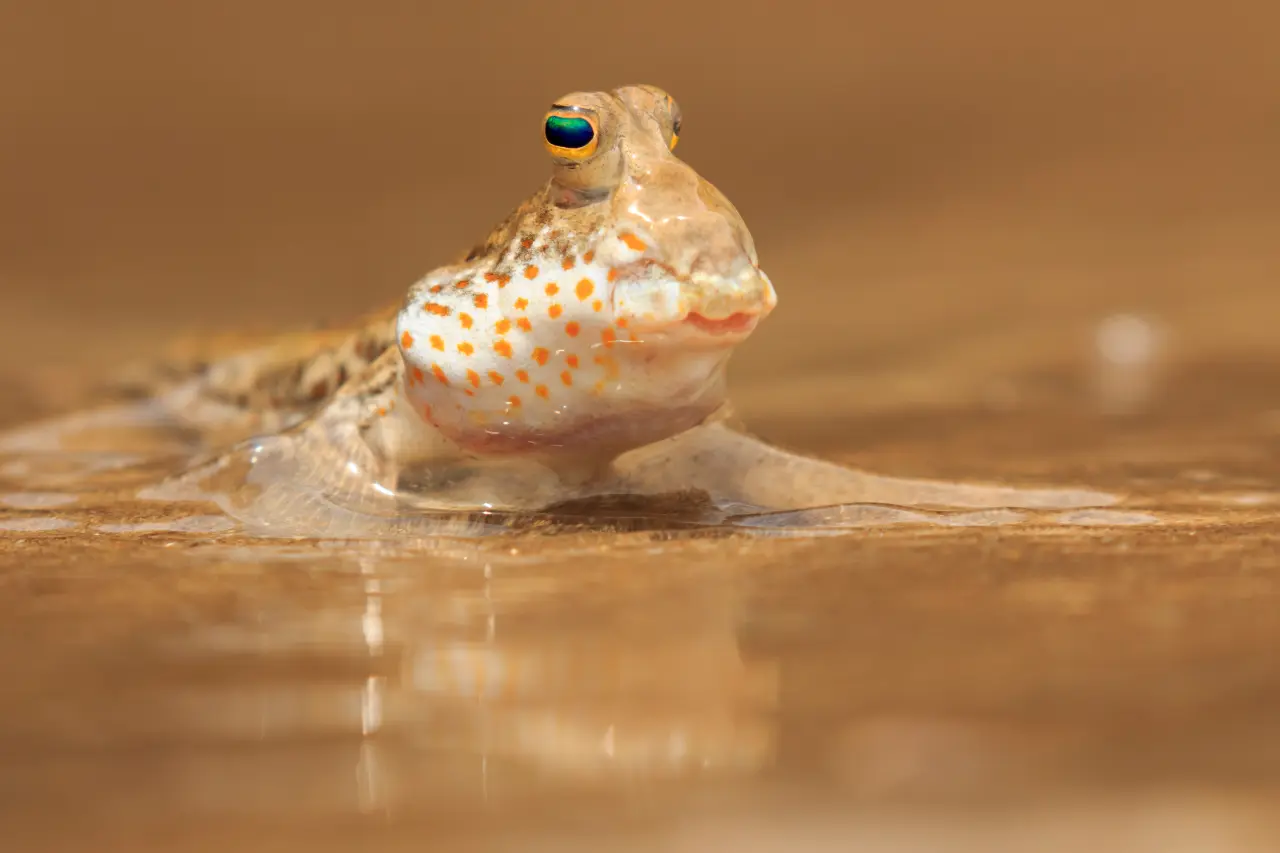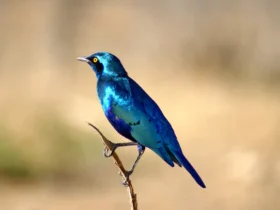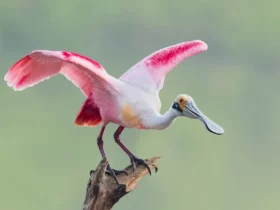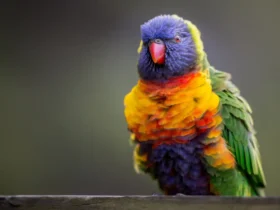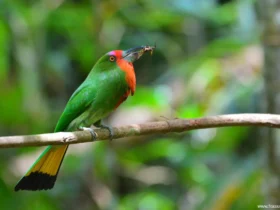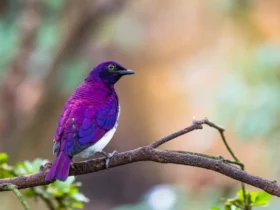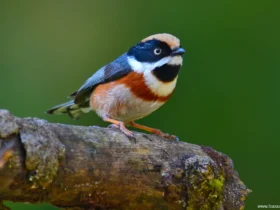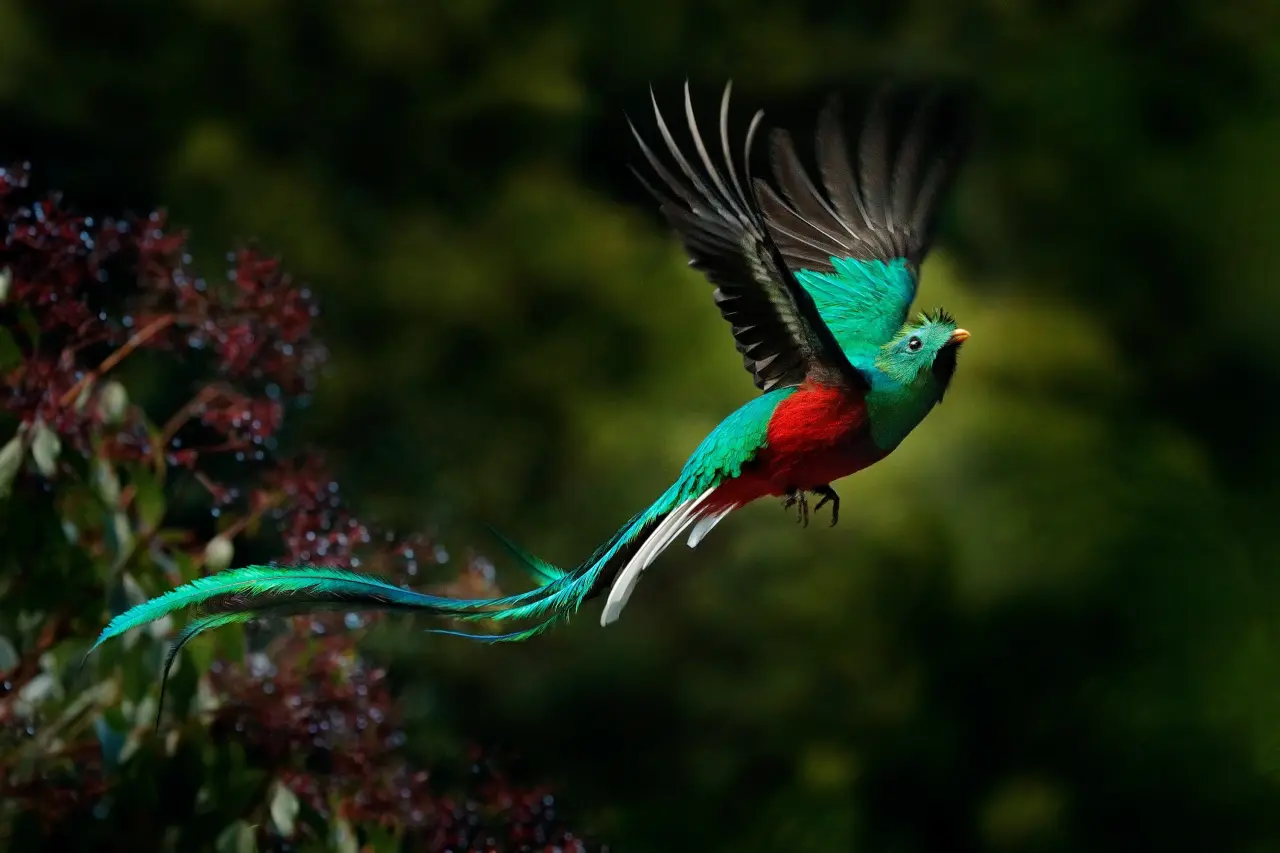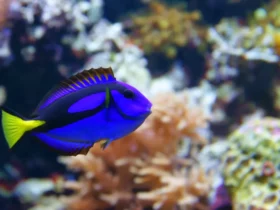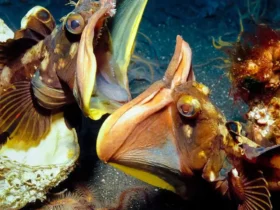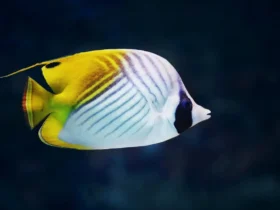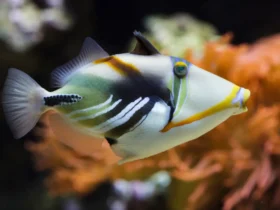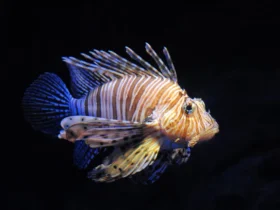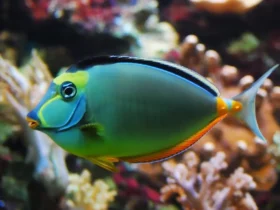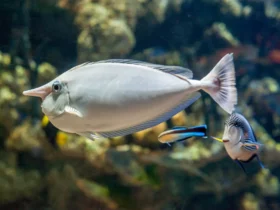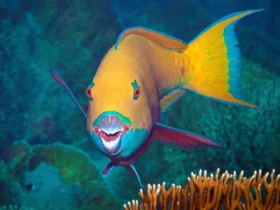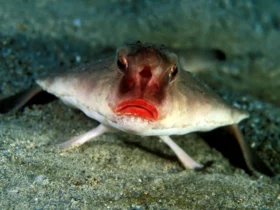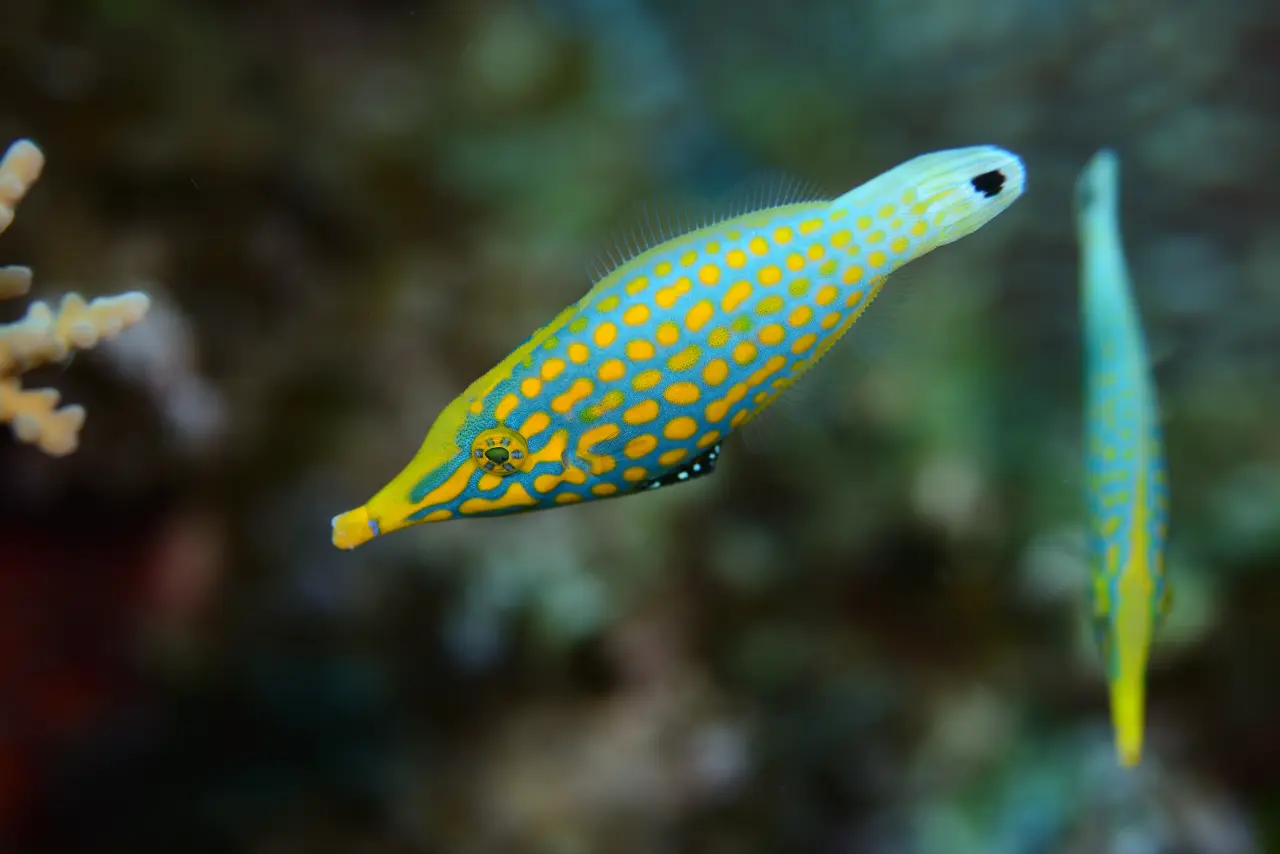Mudskippers are fascinating creatures that inhabit intertidal zones in tropical and subtropical regions around the world. These fish are best known for their ability to move around on land and breathe air, a rare trait among fish species. In this article, we will explore the unique characteristics of mudskippers and their importance in their respective ecosystems.
Physical Characteristics of Mudskippers
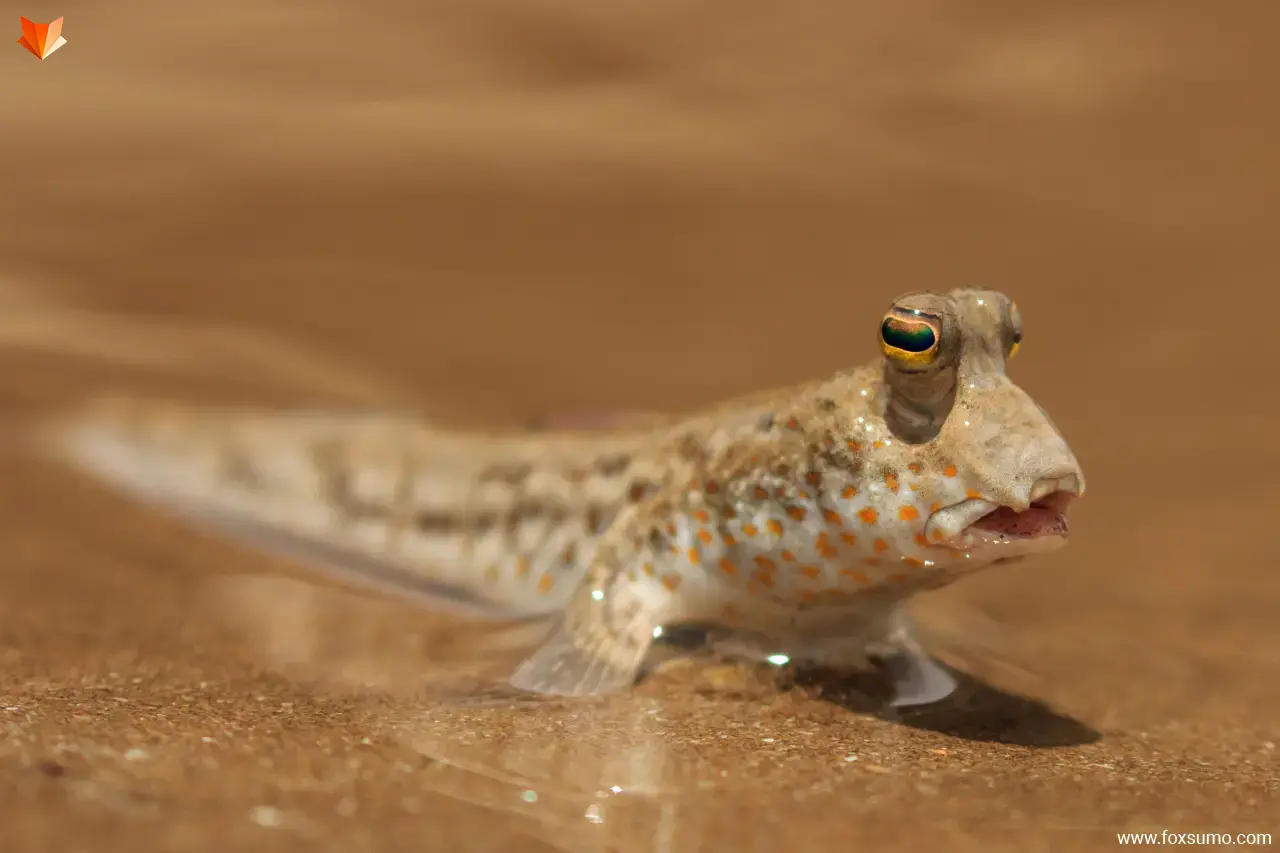
Mudskippers are small, scaleless fish that have a flattened body shape and a broad head with large eyes. They have two sets of fins, one pair of pectoral fins that are used for walking on land, and another pair of pelvic fins that are used for swimming in water. Mudskippers can grow up to 30 cm in length, but most species are smaller, averaging between 5 and 15 cm.
Behavior and Habitat
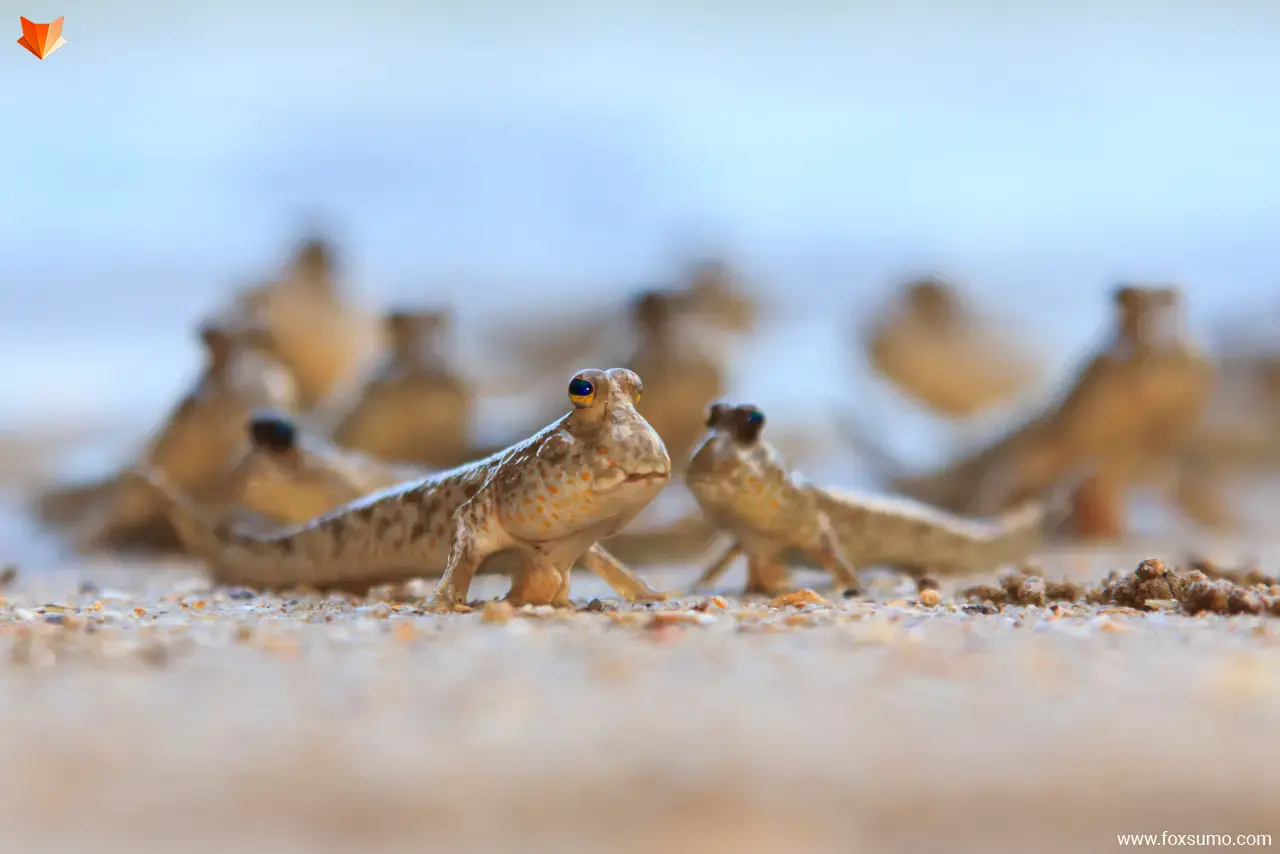
Mudskippers are known for their ability to move around on land, where they spend a significant portion of their time. They use their pectoral fins to crawl and hop across mudflats, mangroves, and other intertidal zones. When the tide goes out, mudskippers remain on land and breathe air through their skin and the lining of their mouth.
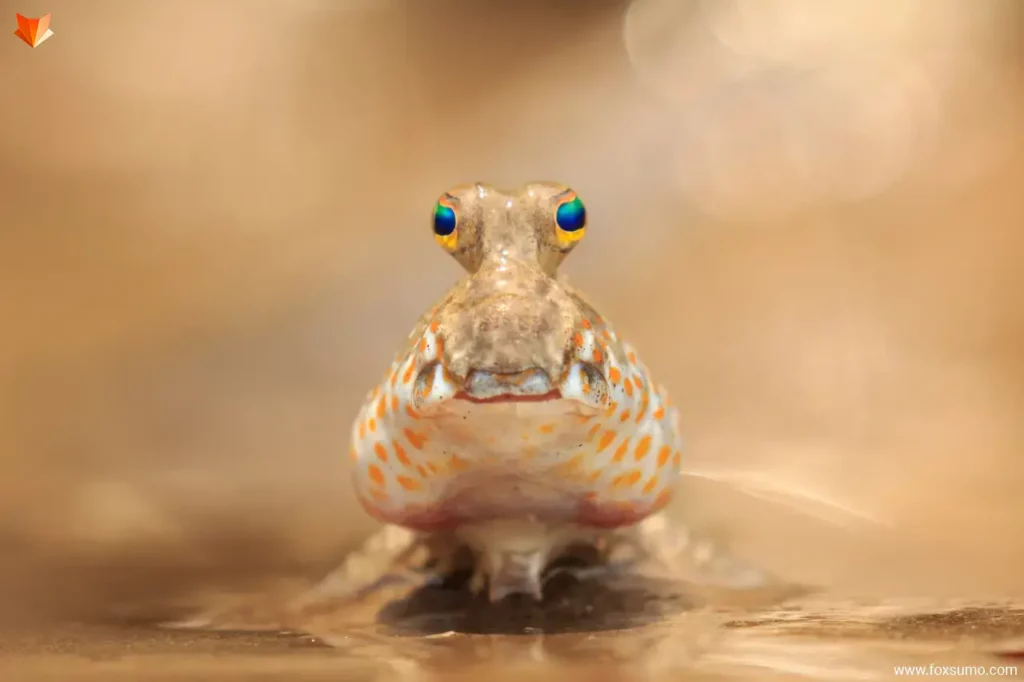
When the tide comes back in, mudskippers return to the water to swim and feed. They are omnivorous, feeding on a variety of small invertebrates, including crustaceans, worms, and insects. Mudskippers are also known to eat algae and detritus.
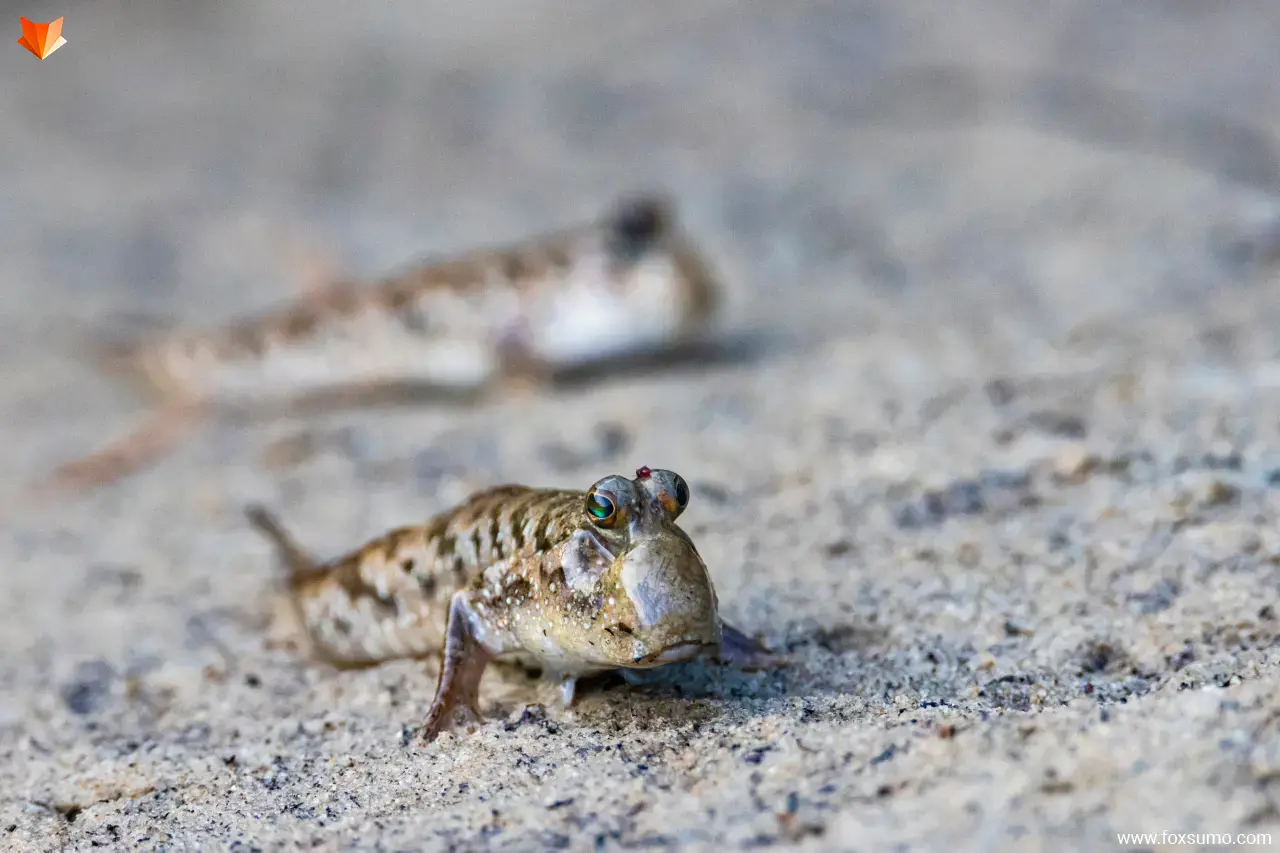
Mudskippers are found in estuaries, tidal flats, and mangrove swamps in tropical and subtropical regions of the world. They prefer muddy substrates and areas with low water flow. They are most commonly found in the Indo-Pacific region, but there are also species found in Africa and South America.
Importance in Ecosystems
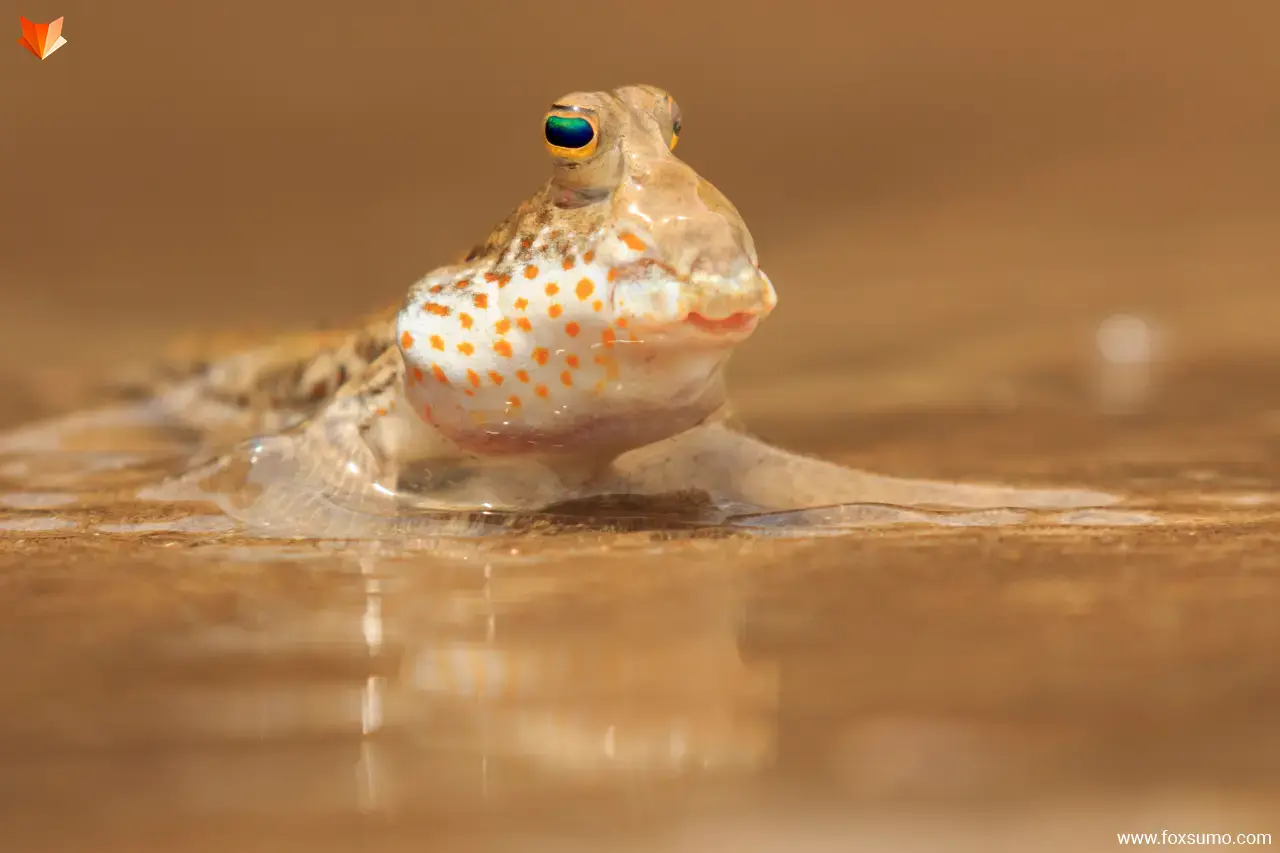
Mudskippers are important members of intertidal ecosystems. They serve as prey for a variety of predators, including birds, fish, and reptiles. They also play a role in nutrient cycling, as they feed on small invertebrates and detritus, and excrete nutrients back into the environment.
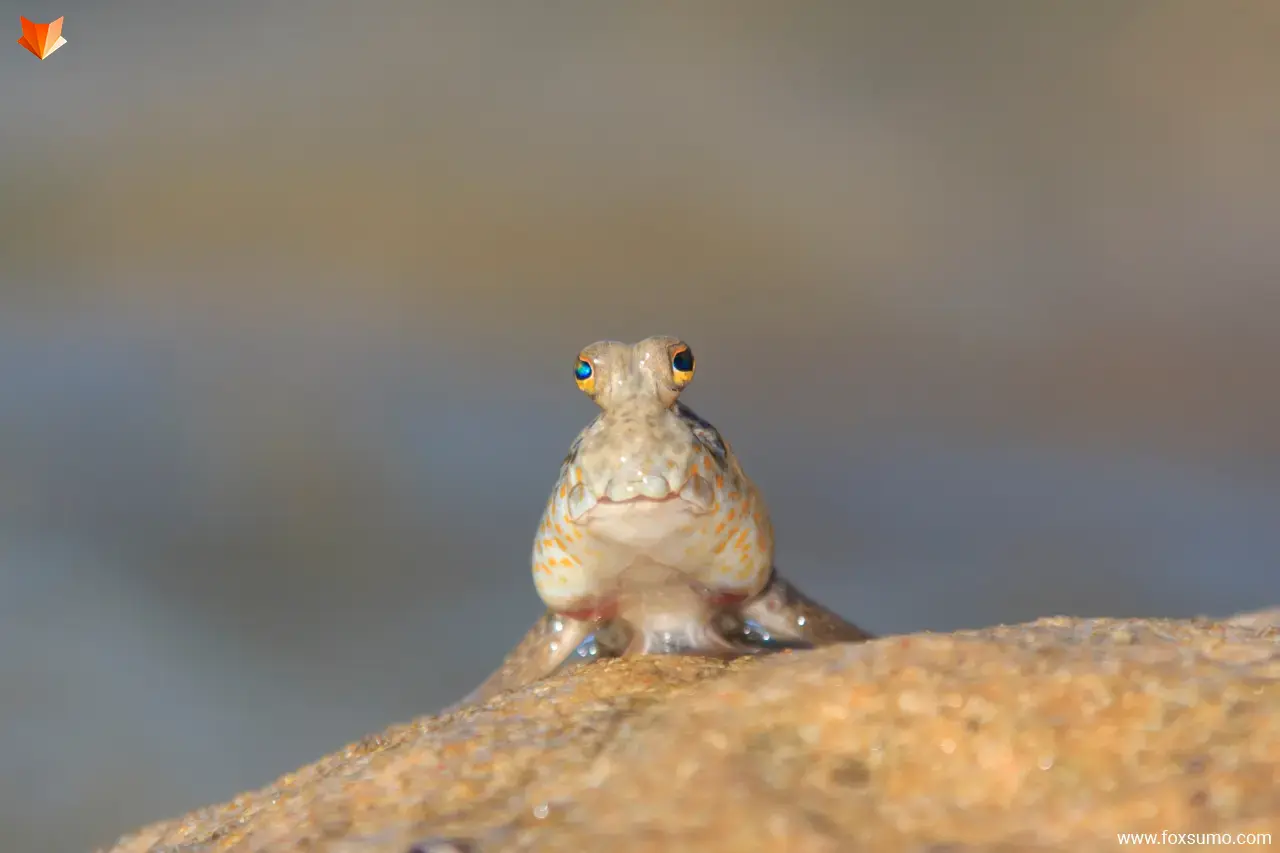
Mudskippers are also an important indicator species for the health of mangrove ecosystems. These fish are sensitive to changes in water quality and habitat degradation, making them an important species to monitor.
Conservation Status
Several species of mudskippers are threatened by habitat destruction, overfishing, and pollution. The IUCN Red List of Threatened Species lists three species of mudskippers as vulnerable, and one species as endangered.
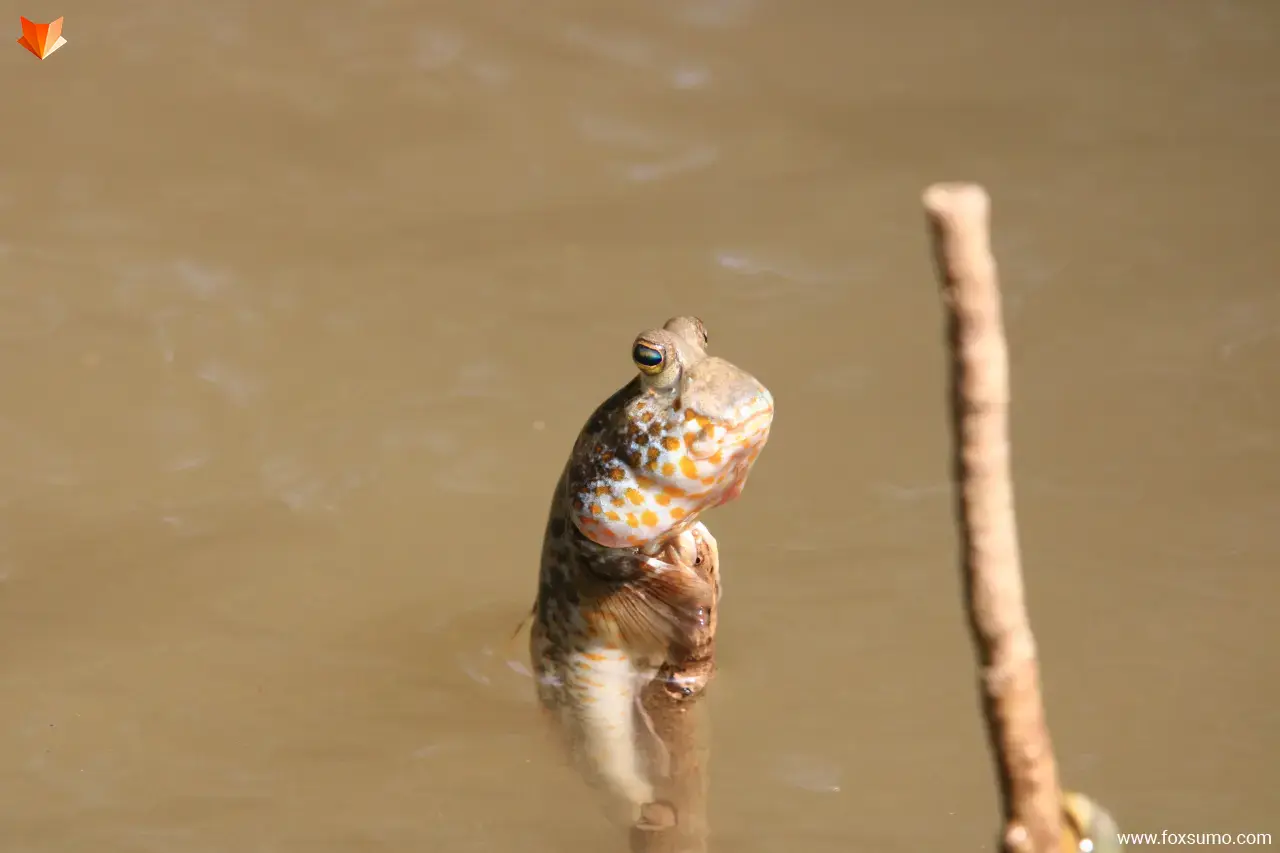
Efforts are being made to protect mudskipper populations and their habitats. Conservation measures include establishing protected areas, regulating fishing practices, and reducing pollution in coastal areas.
Final Thought
Mudskippers are fascinating fish that have adapted to life in both water and on land. Their unique characteristics and behaviors make them an important species in intertidal ecosystems. Efforts to protect mudskipper populations and their habitats are crucial to maintaining the health of coastal ecosystems around the world.
